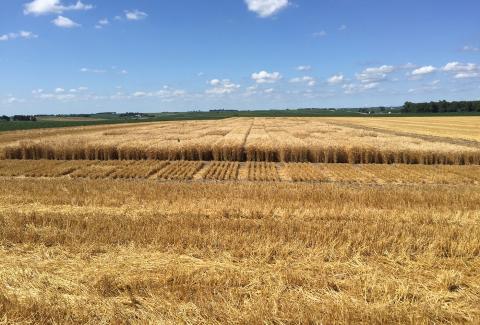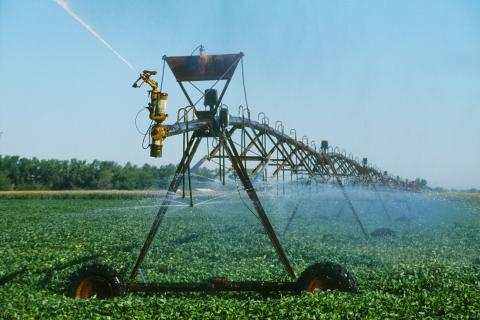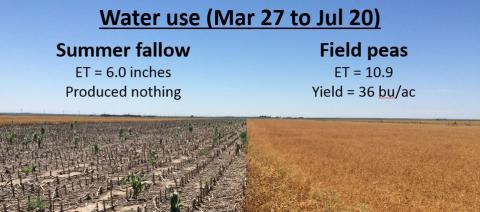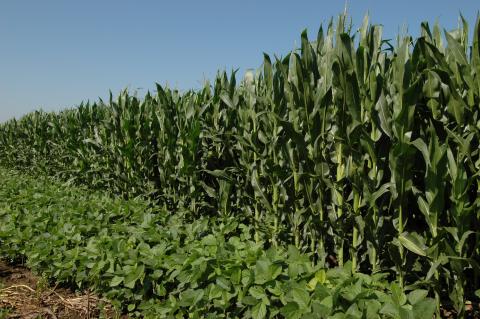A Review of the 2018-19 Eastern Nebraska Winter Wheat Growing Season
August 15, 2019
Nebraska Extension educators review the wheat production season in eastern Nebraska and factors affecting it, from a rough start with cool, wet conditions to a good finish.
Long-Term Study Suggests Management Adaptations for Weather Extremes
July 16, 2019
From droughts to flooding, extreme hydrological phenomena are the costliest hazards in rainfed agriculture. A recent journal article explores how a long-term tillage study in northeast Nebraska can offer insights on successfully adapting to future climate changes by adjusting specific management practices.
Planning Ahead for Winter Wheat: Review Corn and Soybean Herbicide Programs
April 13, 2018
If you're considering planting winter wheat next fall, be sure to review the corn and soybean herbicide programs you plan to use this spring to avoid rotation restrictions that would limit your cropping options.
Planting Soybean after Soybean (Part 2): In-Season Management Considerations
April 13, 2017
In Part 1 of this article, we look at considerations for planting soybean after soybean. In this article, Part 2, we share considerations for in-season management.
Crop Sequence: A Long-Term Decision that Impacts Annual Profitability and Risk
April 6, 2017
An ag economist's comparison of the profitability of four crop sequence simulations: continuous corn, corn-soybean, continuous soybean, and corn-corn-soybean.
Field Pea Production: Rotational Costs and Benefits
March 10, 2017
Research findings show benefits in soil nutrient cycling, water infiltration, and microbial activity from replacing fallow with grain-type field peas in a wheat-fallow rotation in western Nebraska.
Rotation Impact on Irrigated Corn and Soybean Yields in Nebraska
February 23, 2017
On most Nebraska rainfed farms, soybean and corn are usually rotated. On irrigated fields, however, the rotation sequence tends to shift to more years of corn between soybean, and in some cases, corn is grown continuously, year-after-year.




